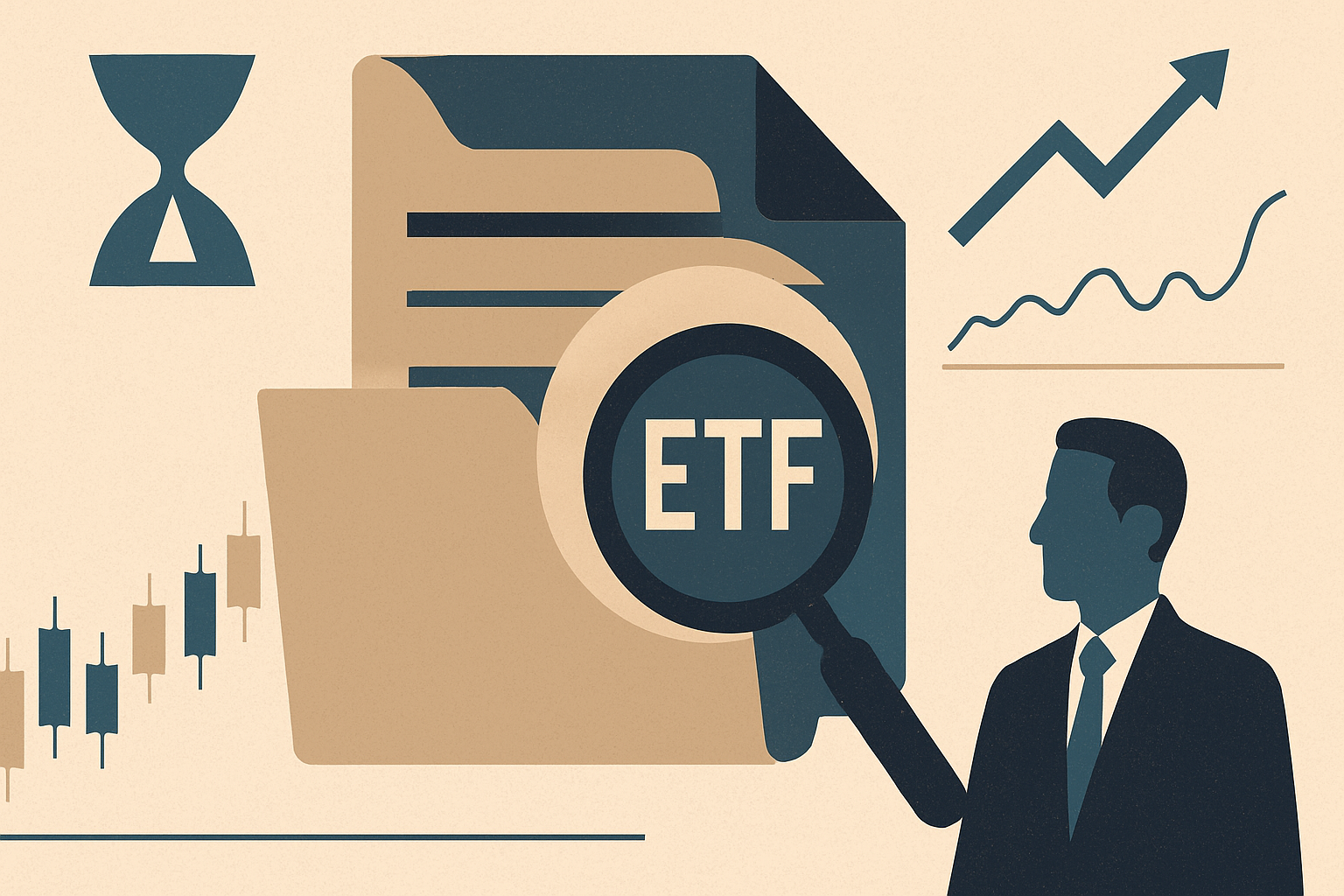Fidelity International has introduced Europe’s first “semi-transparent” active exchange traded fund (ETF), a new investment product designed to conceal its trading positions from rivals while providing investors access to actively managed strategies. The launch follows recent regulatory changes in Europe that allow ETFs to move away from the traditional requirement of publishing holdings daily.
A New Approach to Disclosure
The fund, called the US Fundamental Small-Mid Cap Ucits ETF, will only disclose its full portfolio on a quarterly basis — a practice more aligned with traditional mutual funds. This differs from conventional ETFs, which typically publish holdings daily to maintain transparency.
Alastair Baillie Strong, Fidelity’s global head of ETFs, said the change enables active funds that diverge more significantly from market benchmarks, particularly those investing in less liquid securities, to operate without the risk of “front-running” by hedge funds. Currently, visible trading activity in ETFs can be exploited by other investors seeking to profit from anticipated moves.
Industry Reactions
The move has sparked debate within the investment community. Critics argue that reduced transparency undermines one of the fundamental advantages of ETFs — their simplicity and openness. The ETF industry has historically been built on low-cost, index-tracking products. While actively managed ETFs have emerged in recent years, most have been relatively conservative, staying close to benchmark weightings or using derivatives to limit market risks.
Kenneth Lamont, principal of research at Morningstar, acknowledged that for funds taking more aggressive positions, concealing strategies “makes sense” and could allow the market for such products to grow.
Others remain skeptical. Alan Miller, chief investment officer at SCM Direct and a former hedge fund manager, dismissed the front-running argument, describing it as “bogus” and doubting that rivals would attempt to replicate or pre-empt Fidelity’s trades. Similarly, Peter Sleep, investment director at Callanish Capital, questioned whether disclosing daily portfolios to market makers and authorised participants truly maintains confidentiality, as many of these entities also trade independently.
Prospects for Adoption
Despite these concerns, some analysts note that investor appetite will ultimately depend on performance. “As always in ETF-land, the success of semi-transparent ETFs will depend on performance,” said Sleep. “If results are strong enough, investors will likely overcome their reservations quickly.”
The model is not entirely new. Semi-transparent ETFs have been available in the United States since 2019, yet they have struggled to gain momentum, accounting for only 1.8% of active ETF assets. Fidelity’s European launch will be closely watched to see whether the strategy fares better in a different market environment.








